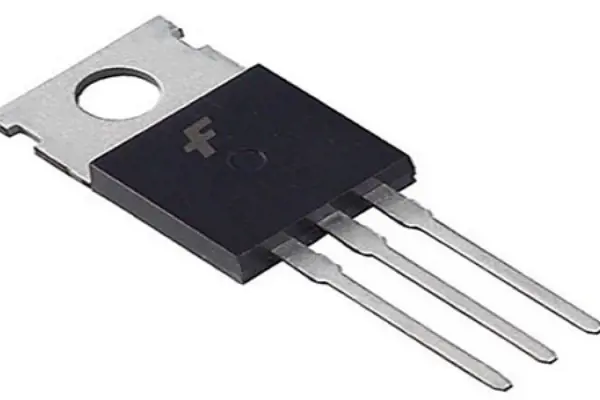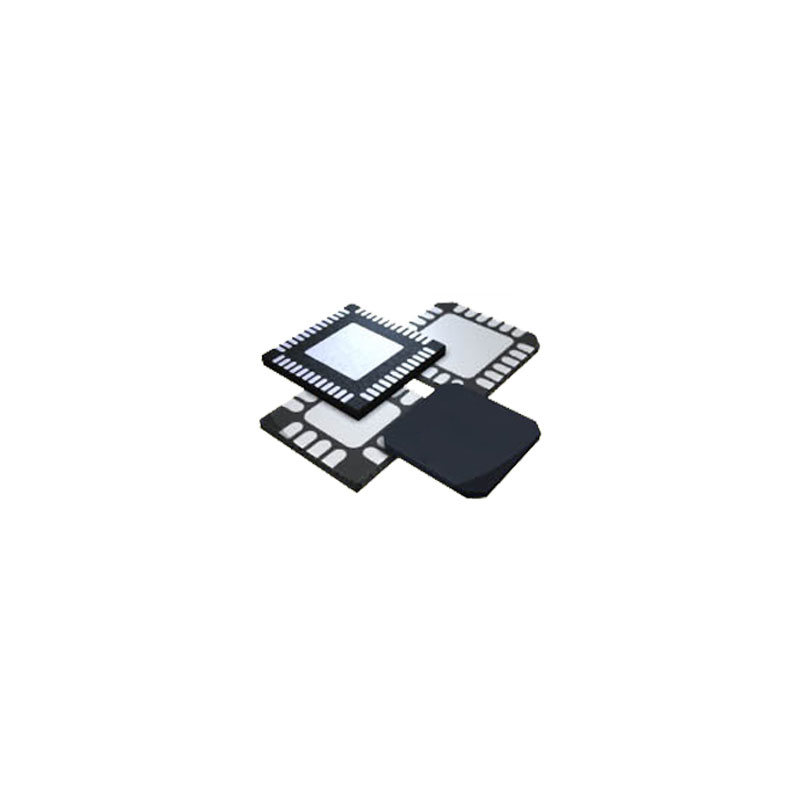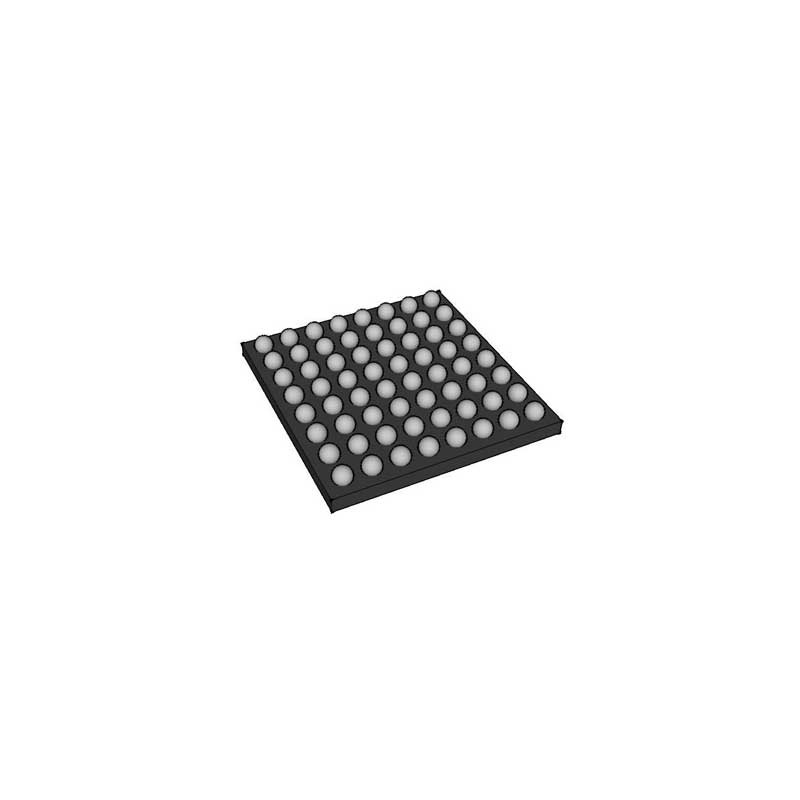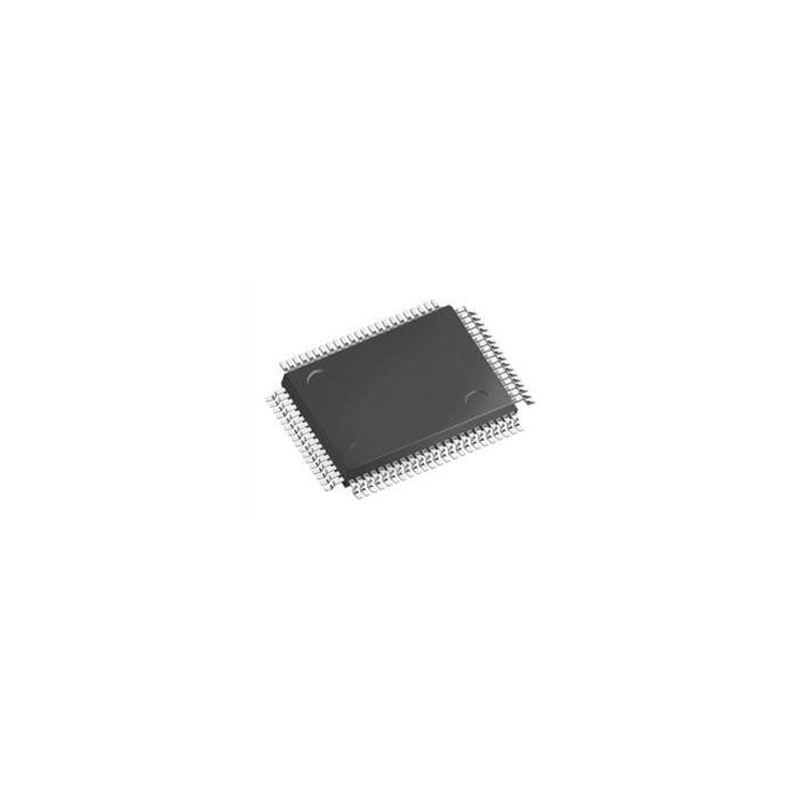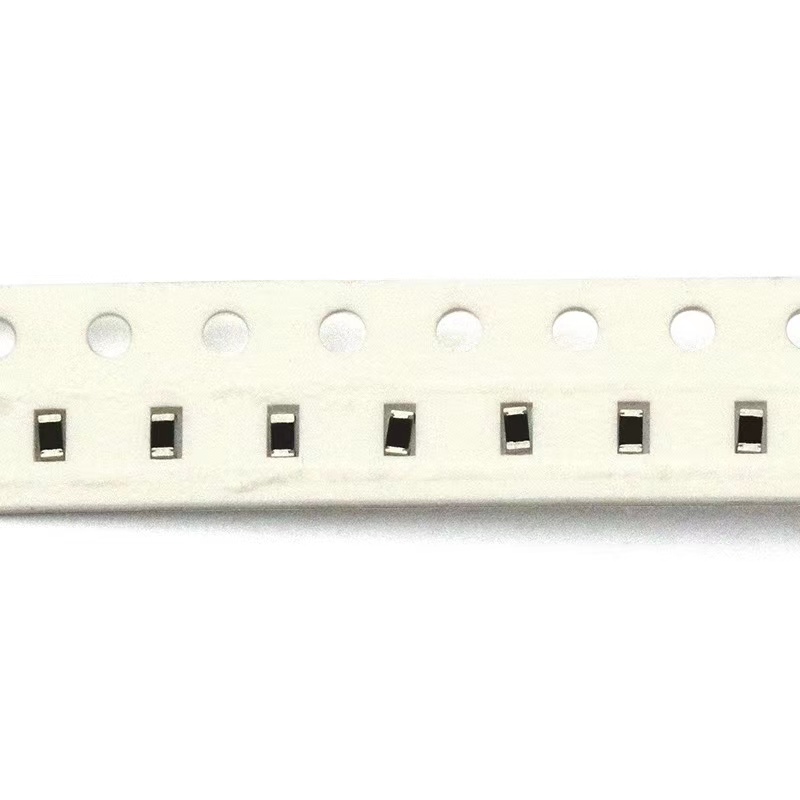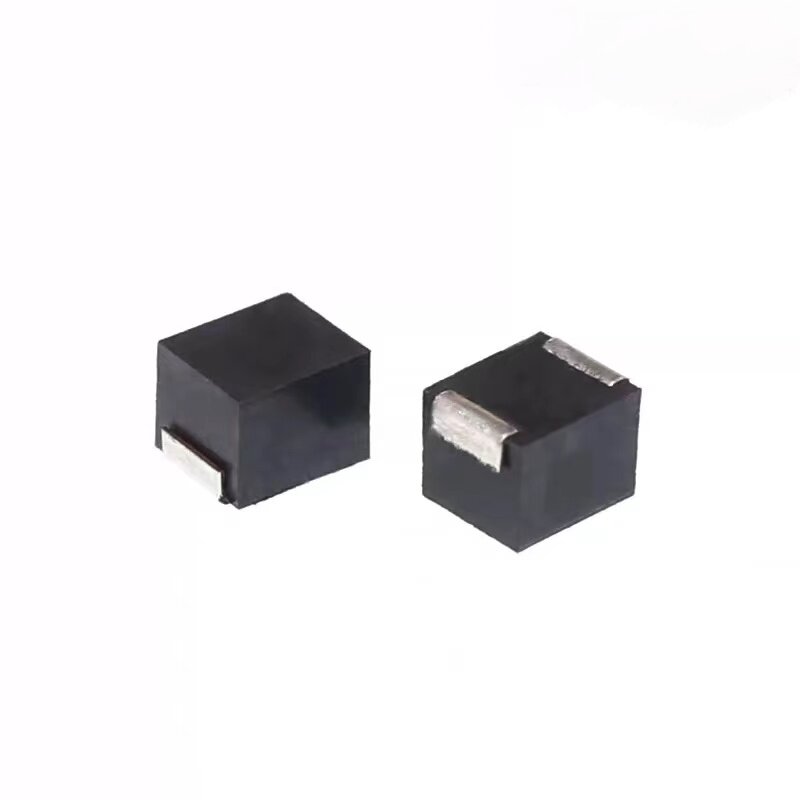The Easiest Way to Find Low Cost Pressure Sensor
 Published: Jul 03, 2023
Published: Jul 03, 2023
Contents
A low-cost pressure sensor is a highly valuable component in various industries and applications, providing accurate and reliable measurements of pressure levels. With advancements in technology and manufacturing processes, low-cost pressure sensors have become increasingly accessible, making them an attractive option for budget-conscious projects and applications.
Part 1. Find a Low-Cost Pressure Sensor at AVAQ
In this part, our team will introduce what low-cost pressure sensors are and find low-cost pressure sensors at avaq.
1. What are Low-Cost Pressure Sensor
The cost of pressure sensors can vary depending on many factors, here are the examples,
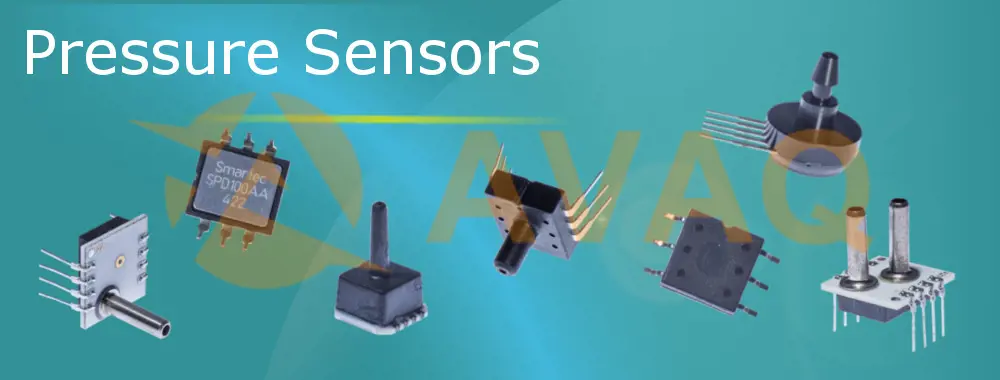
Basic Analog Pressure Sensors: These are simple pressure sensors that provide analog voltage or current output proportional to the applied pressure. They are often available at affordable prices and suitable for general pressure monitoring applications.
Miniature PCB Pressure Sensors: These compact pressure sensors are designed as printed circuit boards (PCBs) and offer cost-effective solutions for various applications. They are typically available in small form factors and can be easily integrated into electronic systems.
Integrated Pressure Sensor Modules: These are complete pressure sensor modules that combine the sensing element, signal conditioning circuitry, and sometimes even temperature compensation features. They offer convenient, plug-and-play solutions at a relatively low cost.
MEMS Pressure Sensors: MEMS (Micro-Electro-Mechanical Systems) technology has led to the development of small, low-cost pressure sensors. These sensors use microfabrication techniques to create miniature structures, resulting in compact and cost-effective pressure sensing solutions.
DIY Pressure Sensor Kits: Some DIY electronics platforms and suppliers offer pressure sensor kits or modules that allow you to build your own pressure sensing systems at a lower cost. These kits often include all the necessary components and instructions for assembly.
2. The Easiest Way to Find Low-Cost Pressure Sensor -- Avaq
Avaq Semiconductor Co., Limited is a global semiconductor electronic components supply chain company with a decade of industry experience. It is dedicated to the global electronic components market, and as it continues to grow, its business scope has expanded from its initial semiconductor-related components to now encompassing most electronic components, ensuring material supply for customers of various scales worldwide.
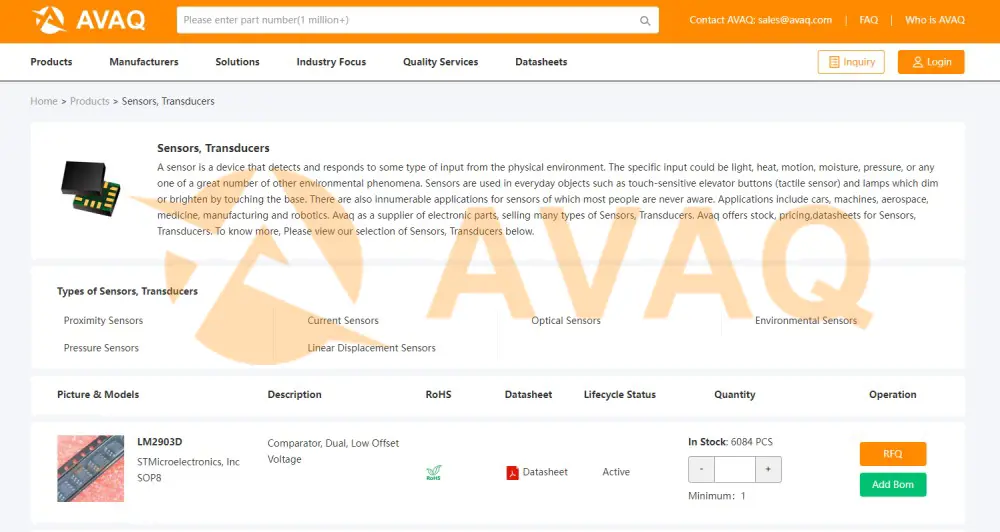
Avaq stands out for several advantages in the realm of pressure sensors:
- 🏆 Cost-Effective Solutions: Avaq offers a wide range of low-cost pressure sensors, providing affordable options without compromising on quality or performance. We understand the importance of budget-friendly solutions, making Avaq an excellent choice for cost-conscious customers.
- 🏆 Reliable and Accurate Performance: Despite their affordability, Avaq's pressure sensors are built to deliver reliable and accurate performance. Our sensors undergo stringent quality control measures to ensure consistent and precise pressure measurements, giving you confidence in the data you receive.
- 🏆 Diverse Range of Options: Avaq offers a diverse range of pressure sensors to meet various application requirements. From basic analog sensors to integrated modules, our product lineup caters to a wide range of industries and use cases. You can find the perfect sensor to suit your specific needs.
- 🏆 Easy Integration and Use: Avaq designs its pressure sensors with ease of integration in mind. Whether you are a professional or a DIY enthusiast, our sensors are designed to be user-friendly and straightforward to implement into your projects or systems.
3. Are There any Limitations to Low-cost Pressure Sensors?
❗ Lower accuracy: Compared to higher-end pressure sensors, low-cost sensors may have slightly lower accuracy or precision.
❗ Limited measurement range: Some low-cost sensors have a narrower measurement range compared to specialized sensors designed for specific applications.
❗ Temperature sensitivity: Low-cost sensors may be more susceptible to temperature variations, which can affect their accuracy.
❗ Durability: Depending on the specific model and manufacturer, low-cost pressure sensors may have lower durability and a shorter lifespan compared to more rugged and expensive sensors.
Part 2. 5 Aspects to Learn More about Pressure Sensor
As low-cost pressure sensor has limitations, let’s learn the overall of pressure sensors.
A pressure sensor, also known as a pressure transducer or pressure transmitter, is a device that measures the force exerted by a fluid (liquid or gas) on its surface and converts it into an electrical signal. It is commonly used in various industries and applications to monitor and control pressure levels.
NO 1. Pressure Sensor Working Principle
A pressure sensor is a device used to measure pressure changes and its working principle can be divided into the following steps:
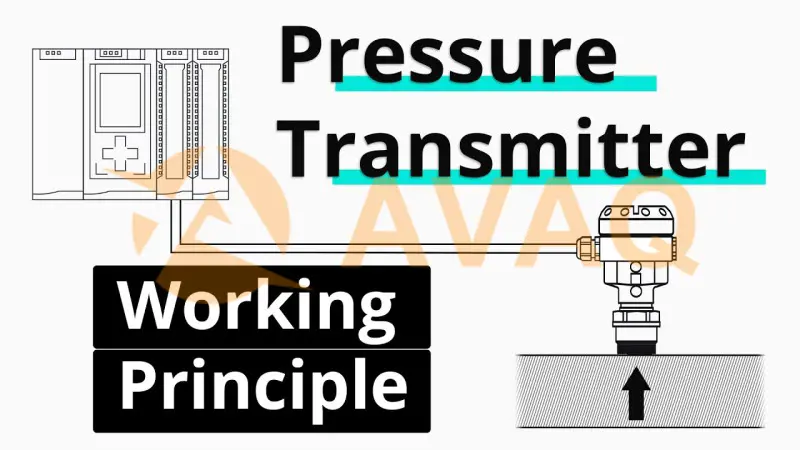
1、Sensitive element
The core of a pressure sensor is the sensitive element, which can convert the pressure signal into an electrical signal. Common sensitive elements include piezoresistive, capacitive, piezoelectric and electromagnetic. Among them, the piezoresistive sensor is the most widely used one.
2、Pressure transmission
When pressure is applied to the sensor, the sensitive element of the sensor will be subjected to external force and produce corresponding deformation or displacement.
3、Signal conversion
The deformation or displacement produced by the sensitive element will be converted into an electrical signal through a certain mechanical structure. For example, in piezoresistive sensors, the change in pressure will lead to a change in the internal resistance of the sensor, which in turn will generate an electrical signal.
4、Signal processing
The electrical signal is amplified and filtered by the signal processing circuit inside the sensor to improve the stability and accuracy of the signal.
5、Output signal
After signal processing, the pressure sensor will generate an electrical signal related to the input pressure as an output, which can be presented in the form of an analog signal or a digital signal.
NO 2. Pressure Sensor Price
The price of pressure sensors can vary significantly depending on various factors such as the type of sensor, the range of pressure it can measure, its accuracy, the brand, and the intended application. Additionally, market conditions, technological advancements, and availability can also affect the prices.
To give you a rough estimate, basic pressure sensors can range from around $10 to $50. These are typically lower-range sensors with moderate accuracy and are commonly used in simple applications.
NO 3. Pressure Sensor Types
1、Piezoelectric pressure sensor
Based on the piezoelectric effect (Piezoelectriceffect), the use of electrical components and other machinery to convert the pressure to be measured into electricity, and then the relevant measurement work measurement precision instrument. Piezoelectric sensors can only be used in dynamic measurement. The main piezoelectric materials are: amine dihydrogen phosphate, sodium potassium tartrate and quartz. With the development of technology, the piezoelectric effect has also been applied to polycrystals. For example: piezoelectric ceramics, niobium-magnesium acid piezoelectric ceramics, niobate piezoelectric ceramics and barium titanate piezoelectric ceramics, etc. are included.
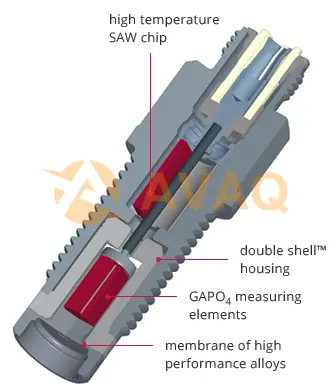
2、Piezo-resistive pressure sensor
Piezoresistive effect is used to describe the material under mechanical stress generated by the change in resistance. Unlike the piezoelectric effect, the piezoresistive effect only produces a change in impedance, and does not produce an electric charge. Most metallic and semiconductor materials have been found to have the piezoresistive effect. Since silicon is the main material used in today's integrated circuits, the application of piezoresistive components made of silicon becomes very interesting. The resistance changes not only from the stress-related geometric deformation, but also from the stress-related resistance of the material itself, which makes its degree factor hundreds of times greater than that of metals.
3、Capacitance pressure sensor
The use of capacitance as a sensitive element, the measured pressure into the capacitance value change of the pressure sensor. This pressure sensor generally uses a round metal film or metal-plated film as a capacitor electrode, when the film feels the pressure and deformation, the film and the fixed electrode between the formation of electrical capacity changes, through the measurement circuit can be output and voltage into a certain relationship between the electrical signal. Capacitive pressure sensor belongs to the pole distance change type capacitive sensor, can be divided into single capacitive pressure sensor and differential capacitive pressure sensor.
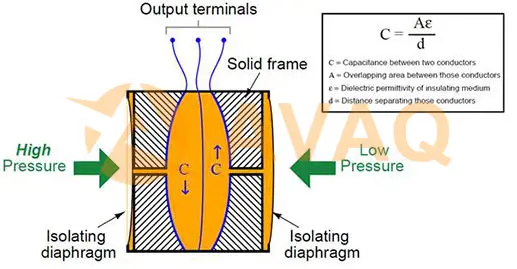
4、Electromagnetic pressure sensor
The use of electromagnetic principle of the sensor is collectively known as electromagnetic pressure sensors, mainly including inductive pressure sensors, Hall pressure sensors, eddy current pressure sensing, etc.
① Inductive pressure sensor
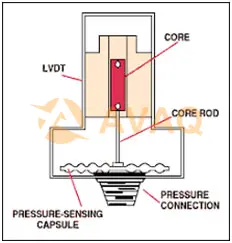
Inductive pressure sensor works because of the magnetic material and magnetic permeability is different, when the pressure acts on the diaphragm, the size of the air gap changes, the change in the air gap affects the change in the inductance of the coil, the processing circuit can convert this change in inductance into the corresponding signal output, so as to achieve the purpose of measuring pressure. This type of pressure sensor can be divided into two types according to the magnetic circuit changes: variable reluctance and variable magnetic conductivity. The advantages of inductive pressure sensors are high sensitivity and large measurement range; the disadvantage is that they cannot be applied to high-frequency dynamic environments.
② Hall pressure sensor
Hall pressure sensors are made based on the Hall effect of certain semiconductor materials. Hall effect refers to the phenomenon that when a solid conductor is placed in a magnetic field and a current is passed through it, the charge carriers in the conductor are deflected to one side by the Lorentz force, and then a voltage (Hall voltage) is generated. The electric field force induced by the voltage balances the Lorentz force. The polarity of the Hall voltage confirms that the current inside the conductor is caused by the movement of negatively charged particles (free electrons).
③ Eddy current pressure sensor
Based on the eddy current effect, generated by a moving magnetic field intersecting a metal conductor, or by a moving metal conductor meeting perpendicularly with the magnetic field. In short, it is caused by electromagnetic induction. This action produces a current that circulates in the conductor. Eddy current characteristics make eddy current detection with zero frequency response and other characteristics, so eddy current pressure sensors can be used for static force detection.
5、Vibroseis pressure sensor
Vibrating string pressure sensor belongs to the frequency-sensitive sensor, this frequency measurement has a want of high accuracy, because time and frequency are physical quantity parameters that can be accurately measured, and the frequency signal in the transmission process can ignore the influence of cable resistance, inductance, capacitance and other factors. At the same time, the vibro pressure sensor also has strong anti-interference ability, small zero point drift, good temperature characteristics, simple structure, high resolution, stable performance, easy data transmission, processing and storage, easy to realize the instrument digitalization, so the vibro pressure sensor can also be used as one of the directions of the development of sensing technology.
NO 4. Pressure Sensor Applications
Pressure sensors have a wide range of applications in various fields, the following are some common application areas:
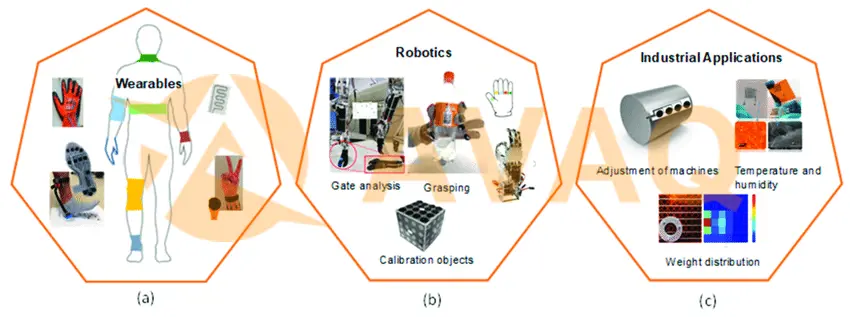
1、Industrial automation
In the industrial field, pressure sensors are used to monitor and control pressure changes in various processes. For example, pressure sensors can be used to monitor the pressure in liquid pipelines to ensure the proper operation of the pipeline and to provide an alarm or control signal.
2、Automotive industry
Pressure sensors play a vital role in the automotive field. They can be used to measure engine oil pressure, brake system pressure, tire pressure and other parameters to ensure the safety and performance of the vehicle.
3、Medical applications
Pressure sensors have a variety of applications in the medical field, such as monitoring blood pressure, airway pressure in ventilators, and blood flow pressure in artificial heart assist devices. By monitoring these pressure parameters in real time, medical personnel can keep abreast of the patient's condition and make accurate diagnosis and treatment decisions.
4、Consumer electronics
Pressure sensors are also used in consumer electronics, such as smartphones, tablets and smart watches. These devices are often equipped with pressure sensors to detect the user's touch pressure, which enables more accurate touch and gesture recognition functions.
5、Environmental monitoring
In the field of environmental monitoring, pressure sensors can be used to measure atmospheric pressure, water level, gas pressure, etc These data are important for applications such as weather forecasting, hydrological monitoring and air quality assessment.
6、Aerospace
Pressure sensors play a key role in the aerospace field. They are used to measure air pressure in aircraft, pressure in hydraulic systems, and combustion chamber pressure in rocket engines. These data are critical to ensure flight safety and system performance.
NO 5. What are the Differences Between a Pressure Sensor and a Pressure Switch
|
|
|
Pressure Switch |
|
Function |
Measures pressure continuously |
Controls electrical circuit |
|
Output |
Provides continuous pressure readings and electrical signals |
Acts as a switch (on/off) based on preset pressure thresholds |
|
Application |
Monitoring and measurement |
Pressure-based control and protection |
|
Usage |
Provides real-time pressure information |
Triggers actions at specific pressure levels |
|
Output Type |
Electrical signals (voltage or current) |
Open or close an electrical circuit |
|
Continuous Operation |
Yes |
No (Operates only when pressure thresholds are reached) |
|
Typical Uses |
Industrial processes, automotive systems, medical equipment, HVAC |
Pump control, safety mechanisms, alarms |
|
Examples |
Pressure transducer, strain gauge pressure sensor |
Pressure safety switch, pressure control switch |
Part 3. Conclusion
In conclusion, low-cost pressure sensors offer a cost-effective solution for measuring pressure in various applications, without compromising on performance and accuracy. With advancements in sensor technology and manufacturing processes, low-cost pressure sensors have become highly accessible, enabling budget-conscious projects and applications to benefit from precise pressure measurements.
By considering the features, specifications, and calibration requirements, you can select the appropriate low-cost pressure sensor that meets your specific application needs. Stay updated with the latest advancements in sensor technology, explore datasheets and technical documentation, and make informed choices when integrating low-cost pressure sensors into your projects. Embrace the affordability and performance of low-cost pressure sensors, and unlock new possibilities in pressure measurement and control.
 FAQ
FAQ
- Are low-cost pressure sensors suitable for high-precision applications?
- While low-cost pressure sensors may not offer the same level of precision as specialized high-end sensors, they can still provide adequate accuracy for many applications. However, for highly precise measurements, it is advisable to consider higher-grade sensors specifically designed for such requirements.
- How does a low-cost pressure sensor work?
- Low-cost pressure sensors typically use various sensing technologies such as piezoresistive, capacitive, or piezoelectric principles to detect pressure changes. The sensor converts the applied pressure into an electrical signal that can be measured and processed by an electronic circuit.
- What factors should be considered when choosing a low-cost pressure sensor?
- When selecting a low-cost pressure sensor, consider factors such as the required pressure range, accuracy requirements, environmental conditions, electrical interface compatibility, and the reputation and reliability of the manufacturer or supplier. It is important to balance the cost with the desired performance and suitability for the intended application.
 Popular Industry Focus
Popular Industry Focus
Hot Products
-
![74HCT74D]()
74HCT74D
NXP
Flip Flop 2 Element D-Type 1 Bit Positive Edge 14-SOIC (0.154", 3.90mm Width)
-
![PBSS5160DS]()
PBSS5160DS
NXP
Bipolar Transistors - BJT
-
![MK10DX128VLQ10]()
MK10DX128VLQ10
NXP
RISC Microcontroller, 32-Bit, FLASH, CORTEX-M4 CPU, 100MHz, CMOS, PQFP144
-
![MC9S12DG256CFUE]()
MC9S12DG256CFUE
NXP
HCS12 HCS12 Microcontroller IC 16-Bit 25MHz 256KB (256K x 8) FLASH 80-QFP (14x14)
-
![HEF4066BT]()
HEF4066BT
NXP
Analog Switch ICs
-
![SJA1000T]()
SJA1000T
Nxp
CAN 5Mbps Sleep 5V 28-Pin SO Automotive AEC-Q100
Related Parts
-
![SX1211]()
SX1211
SEMTECH
Ultra Low Power (3mA RX) RF Transceiver 862-960MHz
-
![PMA8084]()
PMA8084
QUALCOMM
-
![AMD-K6/300AFR]()
AMD-K6/300AFR
XILINX
RISC Microprocessor, 32-Bit, 300MHz, CMOS, CPGA321, STAGGERED, CERAMIC, PGA-321
-
![AMD-645]()
AMD-645
AMD
Multifunction Peripheral, MOS, PQFP208, PLASTIC, QFP-208
-
![0900BL15C050E]()
0900BL15C050E
Johanson Technology, Inc
RF Transformer, 800MHz Min, 1000MHz Max
-
![ZFSC-2-1-S+]()
ZFSC-2-1-S+
Mini-Circuits
Signal Conditioning 2 Ways Power Splitter, 5 - 500 MHz, 50ohm
-
![QCN-8+]()
QCN-8+
Mini-Circuits
Signal Conditioning PWR SPLTR CMBD / SM / RoHS
-
![LFD182G45DP3A299]()
LFD182G45DP3A299
Murata
SMD-4P,0.8x1.6mm RF Filters ROHS
-
![ADQ-90+]()
ADQ-90+
Mini-Circuits
Surface Mount Power Splitter/Combiner
-
![SYPS-2-282-75+]()
SYPS-2-282-75+
Mini-Circuits
Signal Conditioning
-
![X4C20F1-30S]()
X4C20F1-30S
TTM Technologies Inc
Signal Conditioning
-
![1E1305-3]()
1E1305-3
TTM Technologies Inc
Signal Conditioning 1.2-1.85GHz IL .25dB 90 deg 100W
-
![NZF220DFT1G]()
NZF220DFT1G
Onsemi
Combined ESD Protection and EMI Filtering
-
![ADTT4-1+]()
ADTT4-1+
Mini-Circuits
Audio Transformers / Signal Transformers RF XFMR / SURF MOUNT / RoHS
-
![L717DA15PST3]()
L717DA15PST3
Amphenol
15 Position D-Sub Plug, Male Pins Connector

 Update Time: Jul 05, 2023 Consumer Electronics
Update Time: Jul 05, 2023 Consumer Electronics